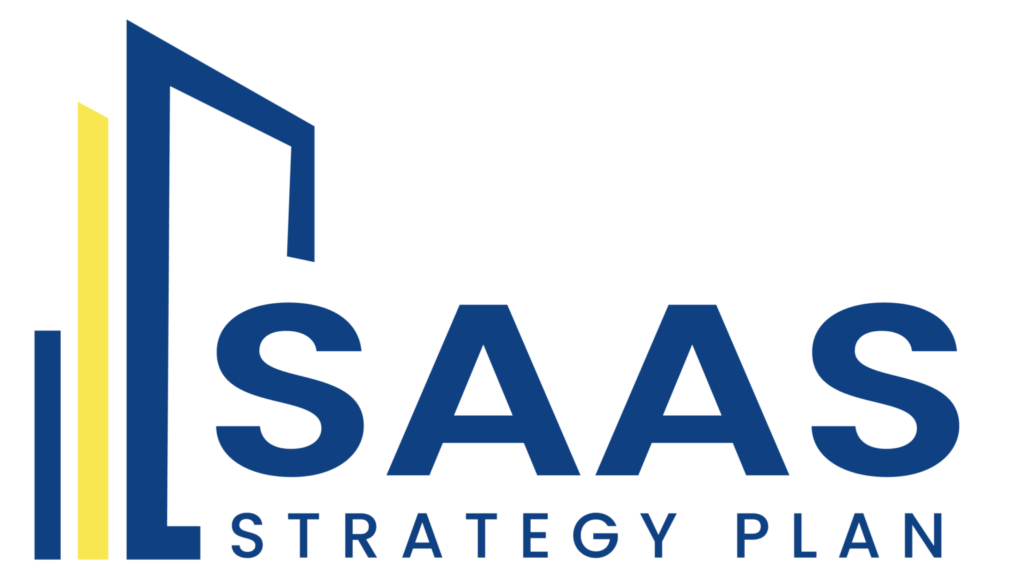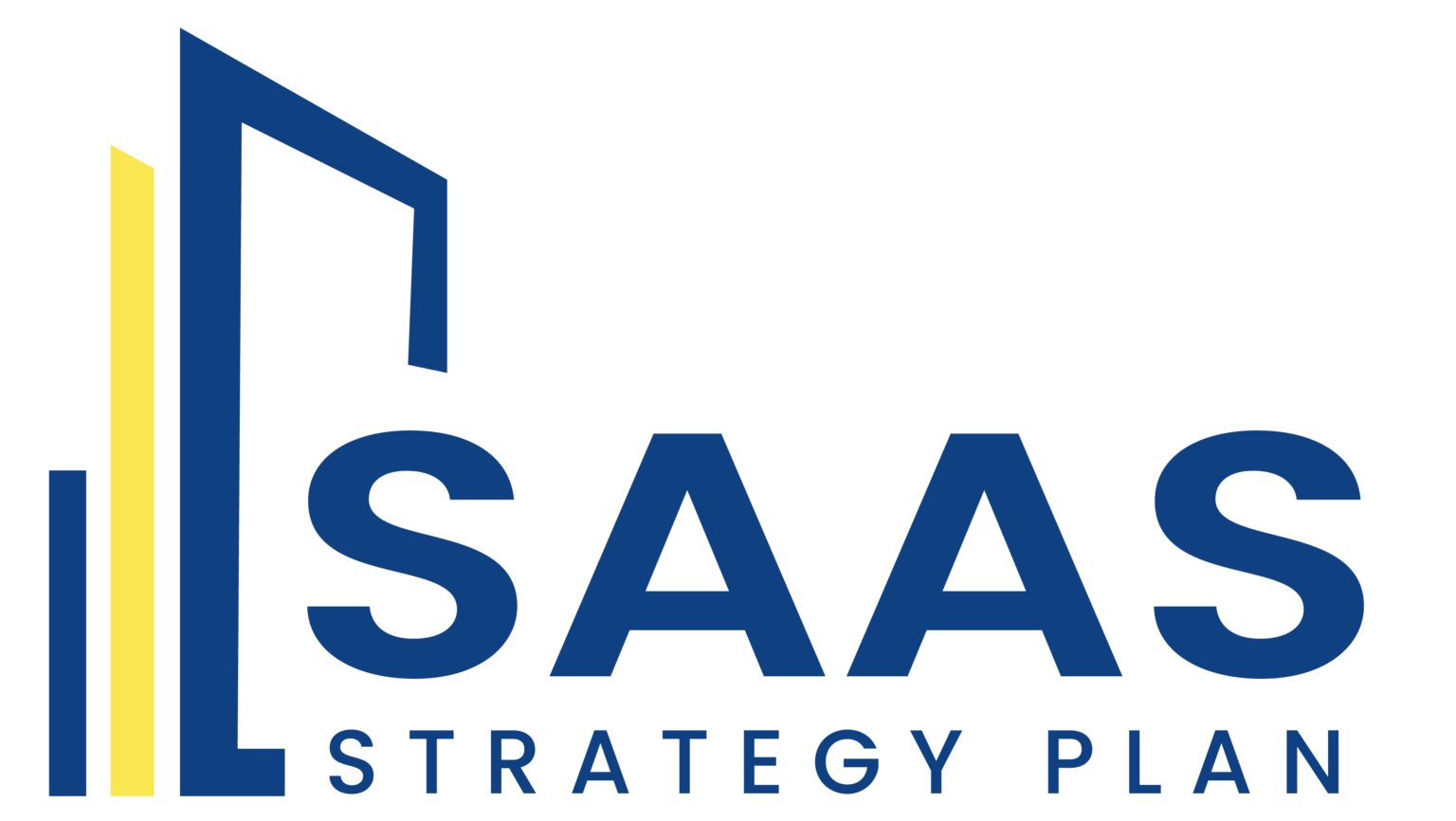10 Proven Strategies to Boost SaaS Customer Retention and Reduce Churn
Introduction SaaS businesses know that acquiring new customers is costly and time-consuming, yet the importance of retaining existing customers is often underestimated. Customer retention is not only more affordable but also significantly more profitable over the long term. Studies show that increasing customer retention by just 5% can increase profits by 25% to 95%. This blog will discuss 10 proven strategies that can help reduce churn and keep customers loyal, ensuring sustainable business growth for SaaS companies. Prioritize Customer Onboarding The first few interactions your customers have with your SaaS product are crucial. An effective onboarding process helps users understand the product’s value quickly and sets the foundation for a positive experience. A personalized onboarding journey that includes tutorial videos, live demos, and regular check-ins can drastically improve engagement. Using a step-by-step guide, similar to how tools like Trello or Asana introduce new users, can help familiarize them with the interface and essential features. A poor onboarding experience often leads to early churn, so investing in this phase is non-negotiable. Offer Exceptional Customer Support Offering timely and effective customer support is one of the most critical factors in customer retention. If users encounter problems, how quickly and effectively those issues are addressed will determine whether they stay or leave. Providing multi-channel support—such as live chat, email, phone, and social media—is crucial in catering to different customer preferences. Many successful SaaS companies, like Zendesk and HubSpot, use AI-powered chatbots to ensure users receive quick responses, which then transition to human agents for more complex issues. Fast, empathetic, and knowledgeable support fosters trust and customer loyalty. Implement Proactive Communication Proactive communication involves reaching out to customers before they even realize they need help. This can include notifying users about product updates, system maintenance, or new features. For instance, you can send a personalized email explaining how a new feature will solve their pain points or optimize their usage. Similarly, use in-app notifications to guide users through new functionalities as soon as they log in. This builds a relationship with your users and shows that you’re always working to improve their experience. Monitor Customer Health Scores Understanding the health of your customer relationships is crucial in retaining them. A customer health score is a metric that tracks how likely a customer is to stay based on factors like product usage, frequency of support tickets, and overall engagement. If a customer shows signs of disengagement, like reduced usage or not responding to emails, you can intervene early with targeted campaigns or personalized offers. Tools like Totango and ChurnZero are excellent for tracking these metrics, enabling you to be proactive in addressing potential churn. Gather and Act on Feedback Customer feedback is an invaluable resource for improving your SaaS product. By gathering feedback through surveys, interviews, or feedback forms, you gain insight into what customers like and what needs improvement. However, collecting feedback is not enough; the key is to act on it. Regularly communicate with your users about changes and improvements made based on their suggestions. This fosters a sense of involvement and partnership, increasing their investment in your product’s success. Build a Community Around Your Product A thriving user community can significantly enhance customer retention. Users often feel more connected to a product when they can interact with others in similar situations or industries. Building a community allows users to exchange tips, solve problems collaboratively, and offer support to one another. Forums, user groups, and social media channels can be great platforms for this. A well-managed community creates an environment where customers feel valued and heard, making them more likely to stay. Provide Tiered Pricing Options One-size-fits-all pricing doesn’t work in the SaaS world. Different customers have different needs, and offering tiered pricing plans allows users to choose the package that best fits their requirements. For example, a basic plan might cater to startups, while a premium plan offers advanced features suitable for enterprise-level clients. By providing flexibility, you enable customers to scale as their needs grow, which increases their chances of staying long-term with your SaaS platform. Celebrate Milestones and Successes Recognizing customer milestones, such as anniversaries or major achievements, is a powerful way to show appreciation. A personalized thank-you note, a special discount, or even a social media shout-out can make customers feel valued. Celebrating a customer’s success—whether they’ve been with your service for a year or achieved a significant milestone using your product—helps reinforce their positive feelings toward your brand and strengthens their loyalty. Use Automation to Engage Infrequent Users Not all customers use your SaaS product every day, but that doesn’t mean they’ve lost interest. Automated engagement campaigns, such as email sequences or push notifications, can remind users of features they haven’t used recently. You can also highlight new functionalities that could be beneficial to them, thus reigniting their interest. Automation helps you engage these users without manual effort, ensuring you don’t lose track of potential opportunities. Keep Innovating To keep customers excited about your product, you must consistently innovate. Regularly adding new features, improving existing ones, or enhancing the user interface helps keep your product fresh and relevant. Additionally, when you release new features, make sure to communicate the benefits clearly to customers and explain how these updates align with their needs. A product that evolves alongside customer demands will always have a competitive edge. Conclusion SaaS businesses that prioritize customer retention over customer acquisition are more likely to thrive in the long run. By implementing these strategies, you not only reduce churn but also foster deeper relationships with your users, ensuring steady growth for your SaaS company.
10 Proven Strategies to Boost SaaS Customer Retention and Reduce Churn Read More »











